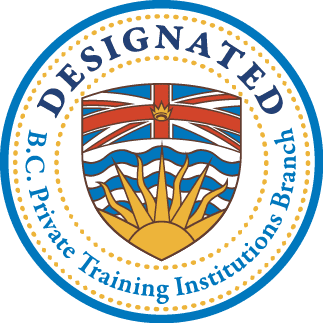
I appreciate the trainer’s attitude/ personality /knowledge of the subject matter materials.
The manufacturers of fall protection equipment and other oversight groups stipulate the need for regular inspections of fall protection equipment. A review of those groups' requirements would reveal an inspection process consisting of two levels: end-user inspections and periodic inspections. These two types of inspections are to be performed by different individuals with the purpose of having a secondary examination of the equipment to detect issues that may not have been identified at the primary level. Please contact a KVES trainer at corporatetraining@kves.ca for more information on fall protection equipment inspection best practices.
To schedule a fall protection equipment inspection please register at: https://lms.kves.ca/v1/index.cfm?action=classroom.home&company=1578&_gl=1*1es3tsa*_ga*MjExODcyNjkyNi4xNjkxMDc3MzEy*_ga_FQQ6K1CDS3*MTcyNDk0ODUzMS42My4wLjE3MjQ5NDg1MzEuMC4wLjA.
Blended training is an instructional approach that combines traditional hands-on training with online or digital learning methods.
For blended Red Cross first aid courses, participants complete online courses at their own pace on Red Cross e-learning modules. Completion of the online portion is the prerequisite for attending hands-on practice in person.
For some of KVES’ Safety & Equipment training, the theory portion can be delivered virtually with live instructors. The hands-on practice is delivered in person upon the completion of the theory portion.
You can create a new account at the end of the order process or on the following page. You can view all of your orders and subscriptions in your customer account. You can also change your addresses and your password.
1.Identification. Candidates for basic certification will be required to produce one piece of acceptable, valid, photographic identification to the instructor at the time of the course.
Valid Canadian or U.S. driver’s license
Valid passport
Valid B.C. student identification card issued for the current school year
Employee picture identification card
Indigenous status picture identification card
B.C. photo identification (digital) issued November 1996 or after
Canadian government–issued photo identification
If a candidate does not possess valid photographic identification as listed, they must present one primary and two secondary pieces of identification. The following will be considered acceptable:

A letter from the candidate’s employer typed on the firm’s letterhead and signed by an official of the company. This letter must state that the employee is who they claim to be.
If the candidate is not employed and is being sponsored by a government or other agency the same would apply, only the letter must be from the sponsoring agency.
Medical History:If you have any medical conditions or are pregnant, inform the course provider beforehand. This helps instructors accommodate any special needs or restrictions you might have.
Comfortable Clothing: Wear comfortable, loose-fitting clothes that allow you to move freely. Some practical exercises might require you to kneel or lie on the floor.
Personal Hygiene: Maintaining good personal hygiene helps create a positive and respectful learning environment, and ensures that everyone involved in the course can focus on acquiring valuable First Aid skills.
There are numerous equivalencies to WorkSafeBC first aid. To find out which first aid certificates are accepted in B.C workplaces, please visit WorkSafeBC at: https://www.worksafebc.com/en/health-safety/create-manage/first-aid-requirements/certificates-accepted-in-bc
